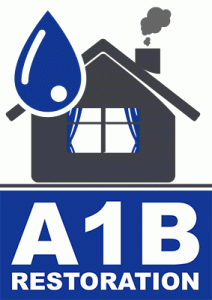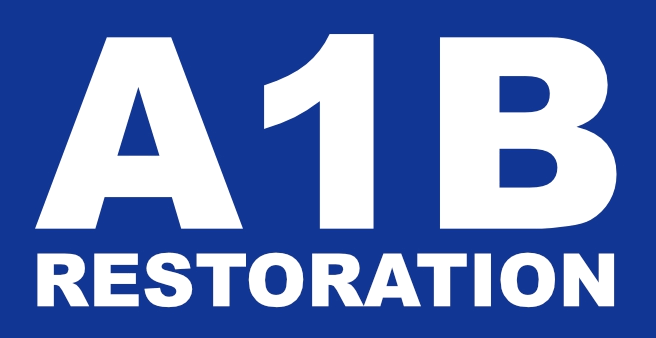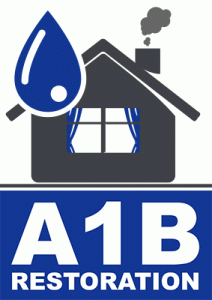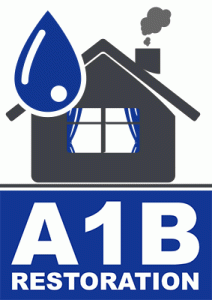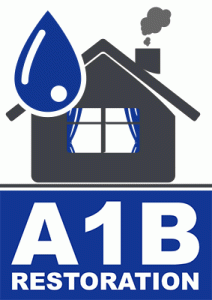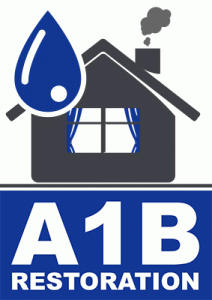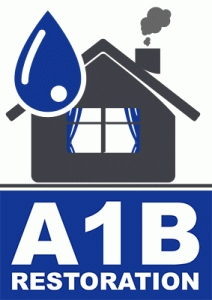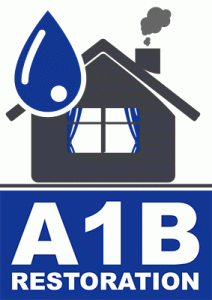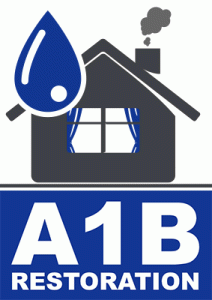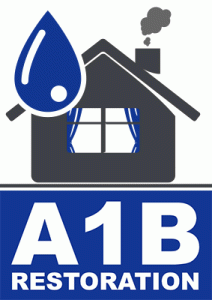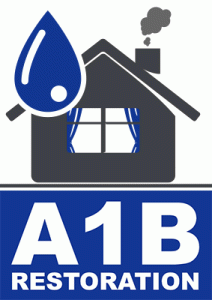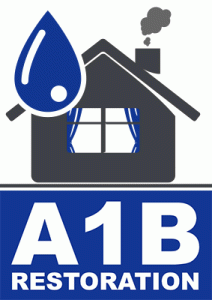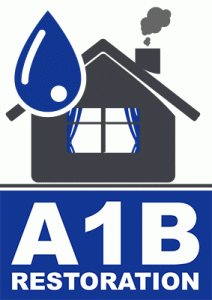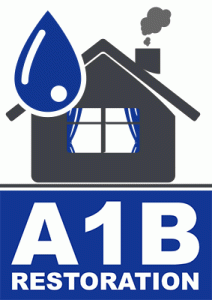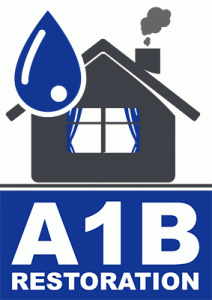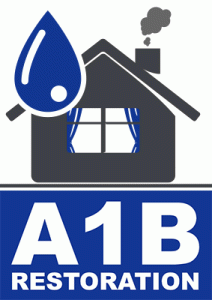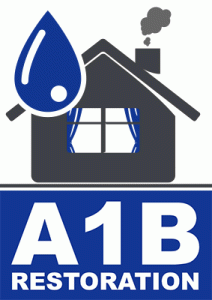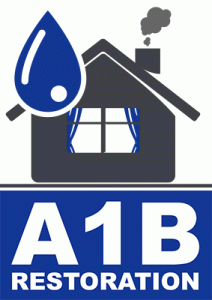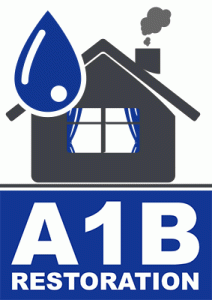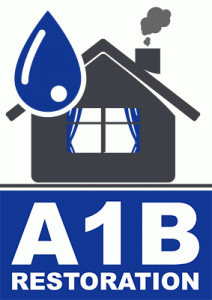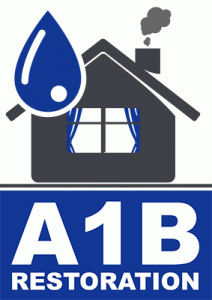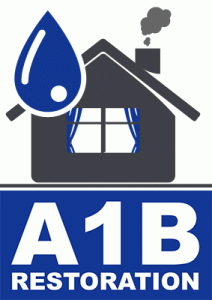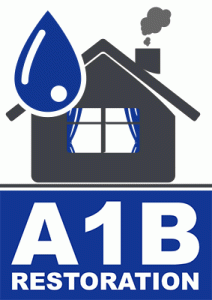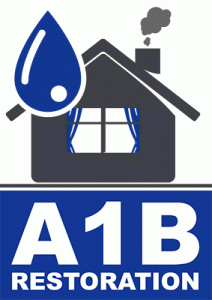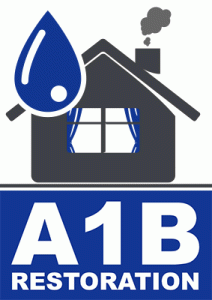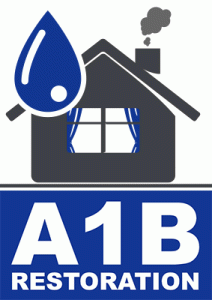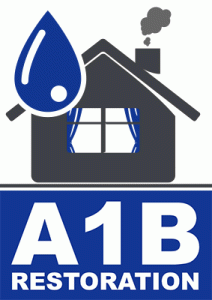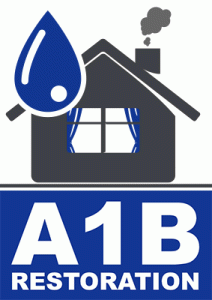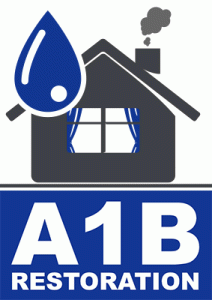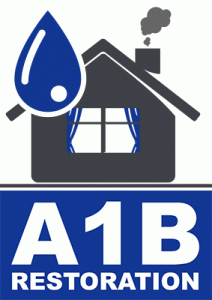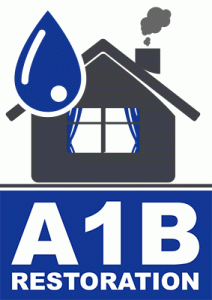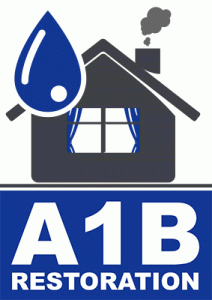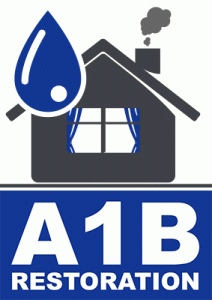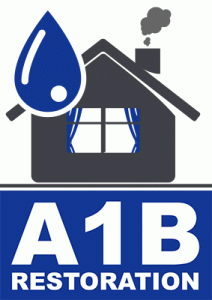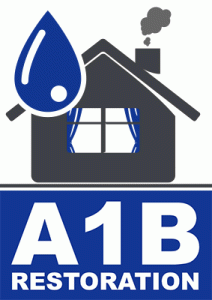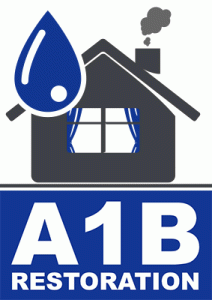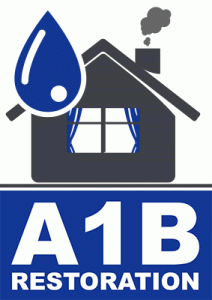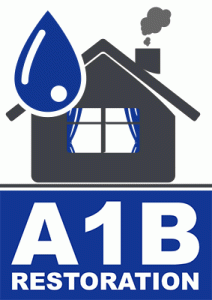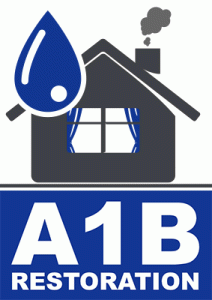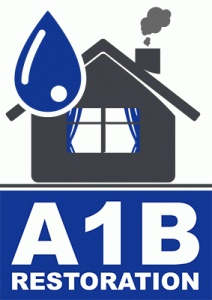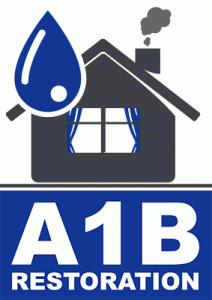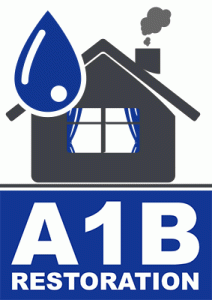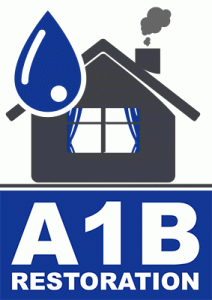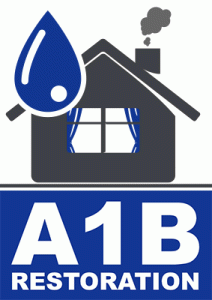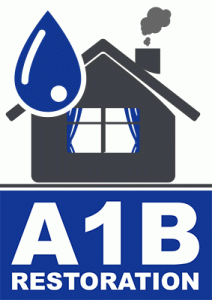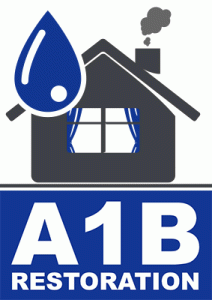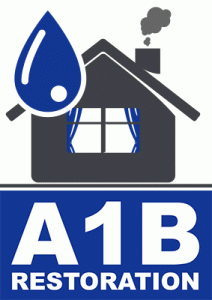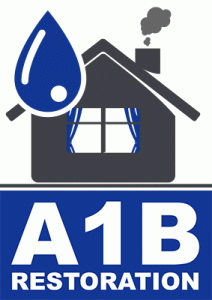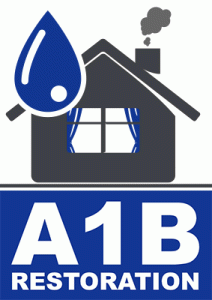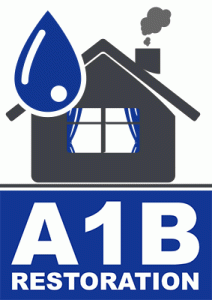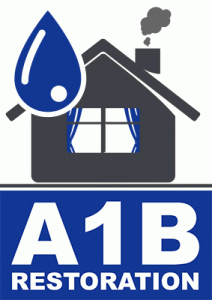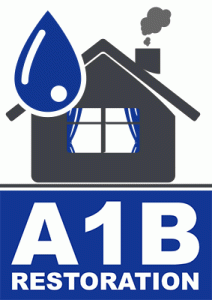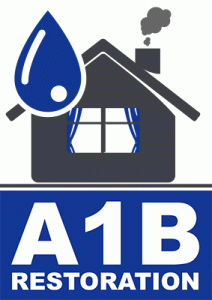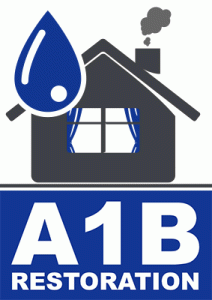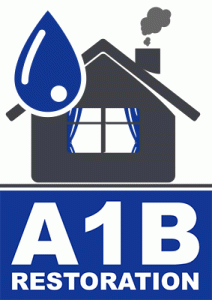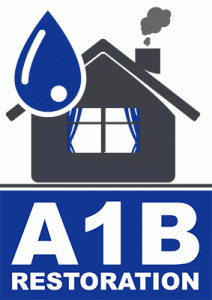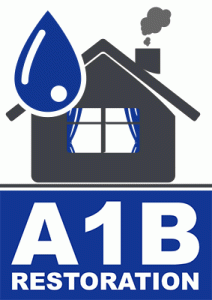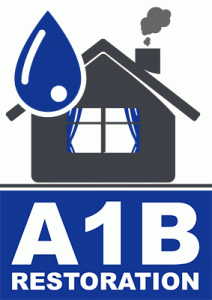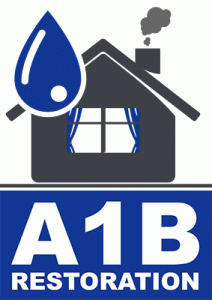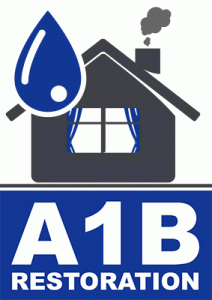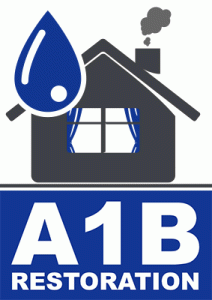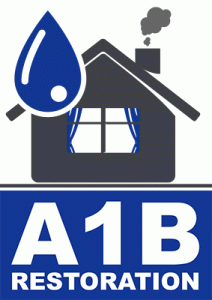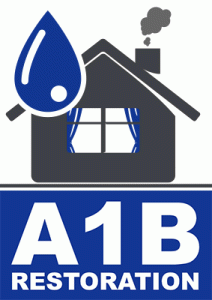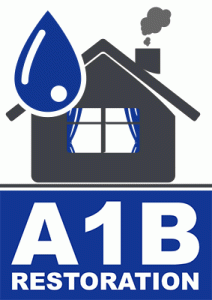The Role of Water Damage Restoration in Disaster Preparedness
Water damage can strike unexpectedly, leaving property owners grappling with substantial losses. With climate change intensifying the frequency and severity of weather-related disasters, understanding the role of water damage restoration in disaster preparedness has become more crucial than ever. This comprehensive guide delves into the key aspects of water damage restoration, highlighting its critical role in safeguarding properties and ensuring swift recovery post-disaster.
Understanding Water Damage: A Silent Threat
Water damage is often referred to as a silent threat because it can occur without immediate signs, gradually deteriorating the structural integrity of buildings. According to the Insurance Information Institute, water damage claims in the U.S. have grown from 26% in 2015 to 34% in 2023, emphasizing the increasing prevalence of this issue. Understanding the types of water damage and their sources is the first step in effective preparedness.
Types of Water Damage
Water damage can be classified into three primary categories, each requiring distinct restoration approaches:
- Category 1: Clean water damage from sources like broken pipes or overflowing sinks.
- Category 2: Grey water damage from appliances or bath water, posing a mild risk.
- Category 3: Black water damage, often from sewage or floodwaters, containing harmful pathogens.
Common Sources of Water Damage
Identifying potential sources of water damage can aid in preventive measures:
- Leaking or burst pipes
- Faulty appliances such as dishwashers or water heaters
- Natural disasters like hurricanes and floods
- Poor drainage systems
The Impact of Water Damage on Properties
Water damage can lead to extensive and costly repairs. It’s estimated that the average insurance claim for water damage is around $10,234, but costs can skyrocket depending on the severity and duration of exposure. Beyond financial implications, water damage can affect the health and safety of occupants by promoting mold growth and structural weaknesses.
Structural Damage
Prolonged exposure to water can compromise the structural integrity of a building, affecting walls, ceilings, and foundations. In severe cases, this can lead to partial or complete collapse, emphasizing the need for timely intervention.
Health Risks
Mold thrives in moist environments, and unchecked water damage provides the perfect breeding ground. According to the Centers for Disease Control and Prevention (CDC), mold exposure can lead to respiratory problems, allergic reactions, and other health concerns, particularly for individuals with pre-existing conditions.
Water Damage Restoration: A Key Component of Disaster Preparedness
Incorporating water damage restoration into disaster preparedness plans is vital for minimizing damage and expediting recovery. Effective restoration not only addresses immediate damages but also implements measures to prevent future occurrences.
Immediate Response and Assessment
Quick response is crucial in water damage restoration. Professionals utilize advanced techniques and equipment to assess the extent of damage and develop a tailored restoration plan. An immediate response can significantly reduce repair costs and prevent further damage.
Water Extraction and Drying
Once the damage has been assessed, the next step is water extraction and drying. Restoration specialists use industrial-grade dehumidifiers and air movers to remove moisture and prevent mold growth. This phase is crucial for restoring normalcy and ensuring a safe environment for occupants.
Mold Remediation
In cases where mold is present, remediation involves removing and cleaning mold-infested areas. This process includes using specialized cleaning agents and equipment to eliminate mold spores and prevent recurrence.
Restoration and Repairs
After addressing immediate threats, restoration professionals focus on repairing and restoring the property to its pre-damage state. This can include repairing drywall, replacing flooring, and repainting walls. Comprehensive restoration ensures that the property is safe and habitable.
Actionable Tips for Incorporating Water Damage Restoration in Disaster Preparedness
Preparing for potential water damage involves proactive measures that can mitigate risks and streamline recovery efforts. Here are actionable tips to enhance your disaster preparedness plan:
Regular Maintenance
Conduct routine inspections of your property’s plumbing and drainage systems. Address any leaks or potential issues promptly to prevent minor problems from escalating into major water damage.
Install a Water Detection System
Water detection systems can alert you to leaks or water accumulation before they cause significant damage. These systems are particularly useful in areas prone to flooding or with a history of water damage.
Review Insurance Policies
Ensure your insurance policy covers water damage, including natural disasters like floods. Understanding your coverage limits and exclusions can aid in financial planning for potential damages.
Develop a Response Plan
Create a comprehensive response plan for water-related emergencies. Include contact details for local restoration professionals and outline steps for immediate action to minimize damage.
Conclusion
Water damage restoration is an integral part of disaster preparedness, offering a systematic approach to mitigating damage and facilitating recovery. By understanding the intricacies of water damage and implementing proactive measures, property owners can safeguard their investments and ensure the safety of occupants. As the frequency of climate-related disasters increases, prioritizing water damage restoration in preparedness plans is not just wise—it’s essential.
For further reading on disaster preparedness and water damage restoration, check out our recommended resources.

emergency water damage restoration Carrollton Texas
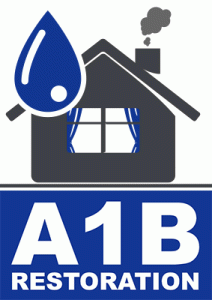
Highland Park Texas restoration water damage companies

water damage and restoration companies Denton Texas
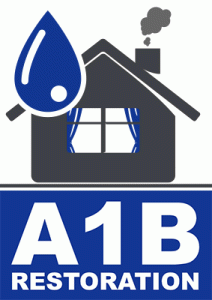
water damage restoration service Preston Hollow Dallas Texas

water restoration companies near me Fairview Texas
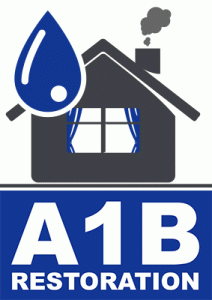
water damage companies near me Highland Park Texas
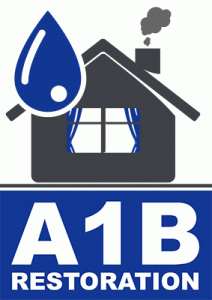
water damage restoration services near me The Colony Texas

water damage and restoration companies McKinney Texas
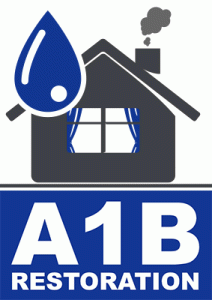
Fate Texas water damage restoration service near me
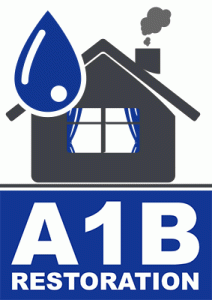
Grand Prairie Texas water extraction company near me
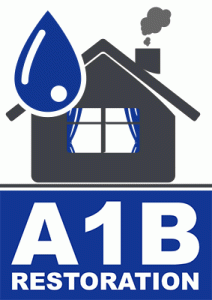
Grapevine Texas restoration water damage companies
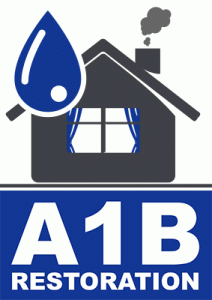
Cedar Hill Texas restoration water damage companies
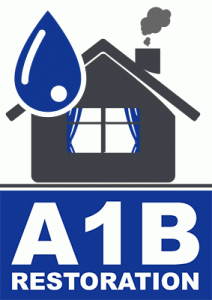
Preston Hollow Dallas Texas water restoration companies
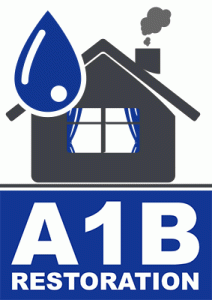
Preston Hollow Dallas Texas water cleanup service near me
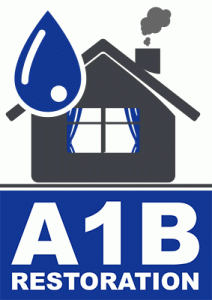
McKinney Texas restoration water damage companies
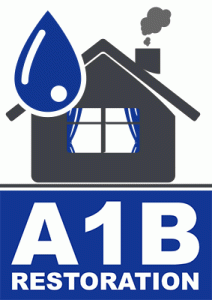
Cedar Hill Texas water damage restoration service near me

Cedar Hill TX water damage restoration companies
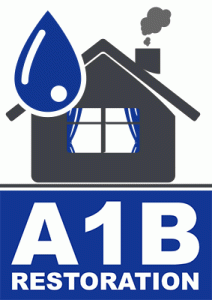
Wylie TX water damage restoration companies near me

Garland TX water damage restoration companies near me

Lake Dallas TX water damage restoration companies
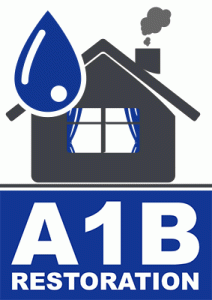
emergency water damage restoration Royse City Texas

restoration services water damage Grand Prairie Texas

emergency water damage restoration Arlington Texas
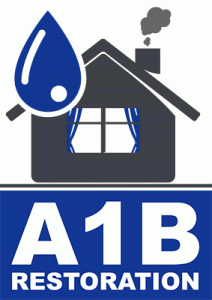
residential water damage restoration Addison Texas
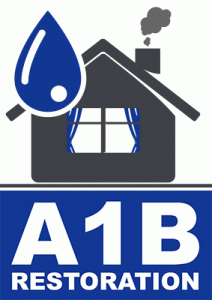
emergency water damage restoration Southlake Texas
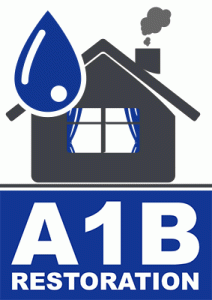
emergency water damage restoration Richardson Texas
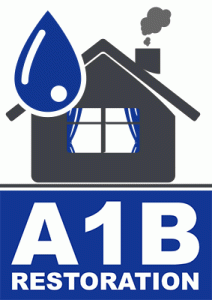
water damage restoration service Lake Dallas Texas
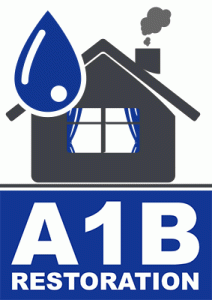
water damage companies near me Preston Hollow Dallas Texas

water damage restoration service Preston Hollow Dallas Texas

water damage and restoration companies Duncanville Texas

water remediation company near me The Colony Texas
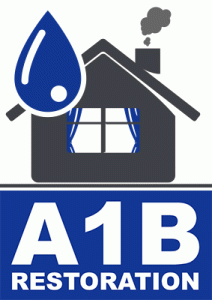
residential water damage restoration Irving Texas
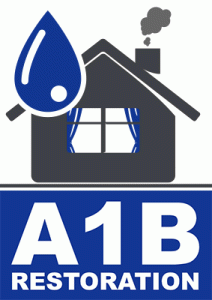
best water damage restoration near me Lucas Texas
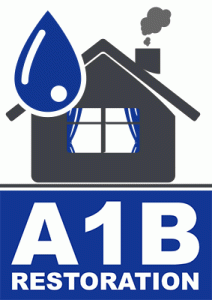
emergency water damage restoration McKinney Texas
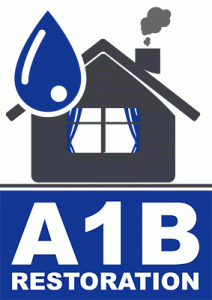
water damage and restoration companies Southlake Texas
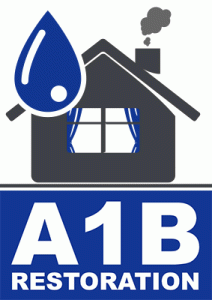
water damage restoration service Grand Prairie Texas
